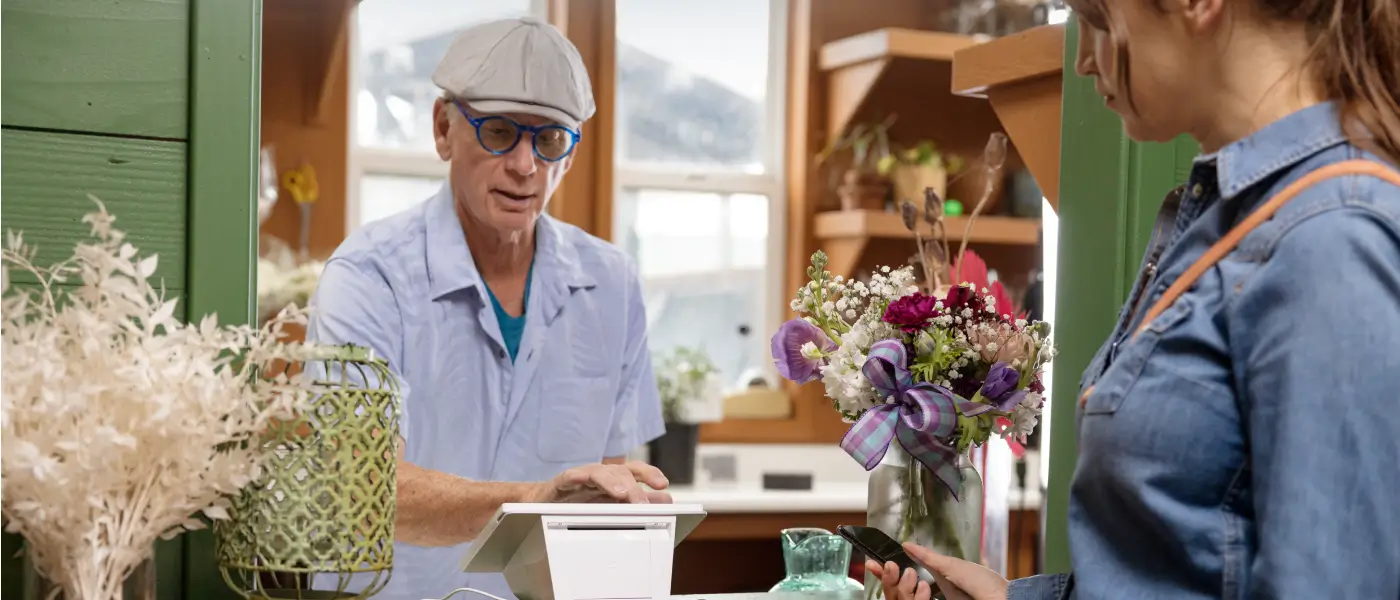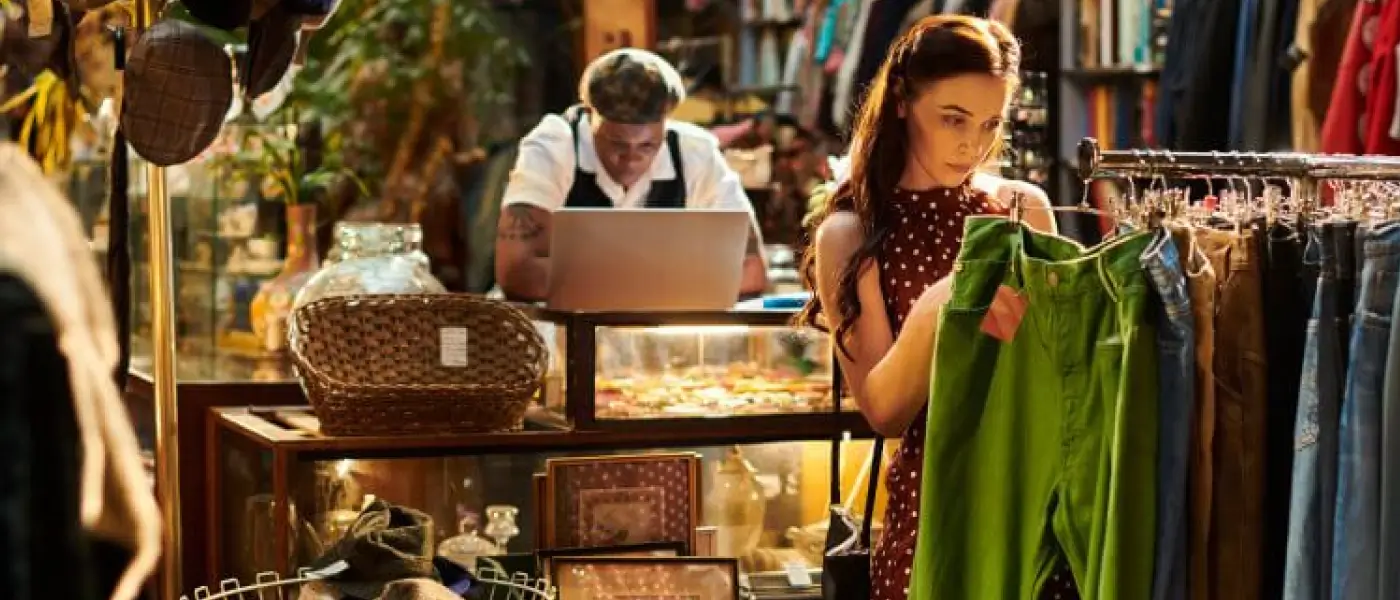Table of Contents:
The core components of modern POS equipment explained
The term POS equipment describes physical hardware, software and network systems that permit transactions, record sales and manage ancillary tasks. Essential hardware includes:
- Main station, such as Clover Station Duo, which runs apps, records sales, connects peripherals.
- Customer display, which increases transparency at checkout.
- Cash drawer, which opens securely only with authorisation.
- Printer, which issues receipts quickly and reliably.
To work as a dependable ecosystem, these components require durability, reliability and security. Fragile consumer-grade tablets often fail due to weaker security and less integration. A business-grade POS, such as Clover Flex, is built for continuous and secure use, providing various online payment security methods through built-in features.
Why integrated POS equipment is a game-changer for efficiency
Setup is simpler and configuration faster when hardware and software are designed together, creating a unified environment. There are fewer issues from mismatched drivers, versions or protocols.
For instance, Clover POS systems offer a connected barcode scanner feeding data into inventory tracking with every scan, ensuring immediate and accurate sales reporting. Integrated systems enforce consistency through time stamping, employee permissions and tax settings, all controlled centrally.
Support is also easier when all POS components come from one vendor. If issues arise with security, finance, online payments or related areas, there is a single point of contact for fixes, updates, and firmware patches. This helps strengthen security online payments demand.
Customising POS equipment to fit business needs
Different business types need different setups. Retail shops benefit from barcode scanners, weight scales, multiple terminals and loyalty programme integrations. Pubs and restaurants need kitchen printers, handheld devices for order taking and pay-at-table functionality. The Clover ecosystem supports flexible configuration, enabling merchants to start with a basic setup and add accessories later, such as extra printers, handheld devices or scanners.
For example, a café may use a portable Clover Flex for pay-at-table service, while a busy retail checkout counter may deploy the full Clover Station Duo with dual screens and multiple payment options. To help businesses grow, POS equipment needs to provide modules, peripherals and software add-ons that enable scaling, reduce total cost and minimise disruption.
Making the right investment: What to look for in POS equipment
Proper investment decisions require careful evaluation of several factors, including:
- Hardware durability: Commerce-grade hardware can tolerate heat, spills and continuous use. Components like card readers should resist tampering and wear.
- Software integration: Equipment should integrate with inventory management, employee scheduling, accounting systems, e-commerce platforms.
- Future-proofing: As payment technology evolves, POS systems must support contactless transactions, mobile wallets and emerging online payment security methods.
- Cost: Look beyond the upfront price. A reliable system improves speed, accuracy and reduces fraud losses, which means that the total cost also includes software, transaction rates and upgrades.
Compliance with online payment and security standards is a critical factor on its own. Asking, ‘what is online payment security?’ is not enough. Businesses must adopt proven measures, such as:
- PCI DSS compliance, secure HTTPS and TLS protocols, tokenisation and encryption to protect transactions.
- Multi-factor authentication, 3D Secure, strong gateways and authentication to better protect online payment and security processes.
- Strict access controls and regular software updates to ensure data safety.
Answering the question, ‘what is online payment security?’ means understanding how to implement strong security, finance, online payment and on-premises payment practices from the start to avoid costly retrofits or breaches.
With the UK’s retail sales topping £517 billion in 20241 the stakes for smooth, secure, and fast transactions have never been higher. Contact us today to explore POS systems that are combining durability, reliability and security.
Bibliography
1 House of Commons Library: Retail sector in the UK




